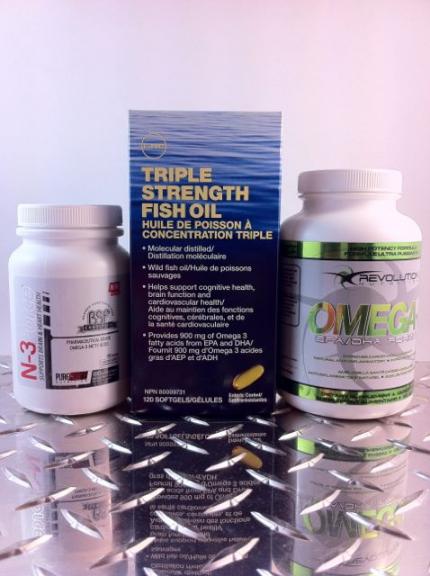Muscle Talk

Jaime Filer graduated with a kinesiology degree from York University, where she was a varsity athlete. She’s also a former competitive bodybuilder who competed in drug-tested events throughout North America. If something new is trending in fitness, chances are Jaime’s already tried it!

Arachidonic acid and Muscle Building
Q. The latest research says Arachidonic Acid supplements have muscle building properties. Is that true?
A. Arahidonic acid is an Omega 6 Essential fatty acid; just like those found in beef, chicken and the yolks of eggs. The latest research says that it can help everything from your metabolism, to your immune system, brain function, and even anabolism (where this question is headed!).
In a study published in 2006, men who were already exercising took 1000 mg of Arachidonic acid daily for 50 days. What they found was an increase in peak power, bench press 1 rep max, muscle endurance and average muscle power. One of the main reasons that ARA caused these gains is through myonuclear accretion. This means that nuclei were added to the muscle cell as it grew. The more nuclei in a muscle cell (as a response to either training, or supplementation) means that the muscle cell itself can handle a larger volume within it. If the muscle cell can handle more volume, then it can handle more growth! So the more nuclei, the better for you and your hypertrophy goals!
Arachidonic acid levels are depleted as a function of training. When combined with what we just leaned about supplemental ARA leading to myonuclear accretion, it lends credibility to a possible theory about why people plateau. Less ARA in the muscle, less growth.
References:
- http://jap.physiology.org/content/90/4/1407.full.pdf
- Am J Physiol Cell Physiol. 2013 Jan 1;304(1)
- Am J Physiol. 1998 Mar;274(3 Pt 1):E432-8.
- J Int Soc Sports Nutr. 2007 Nov 28;4:21.

